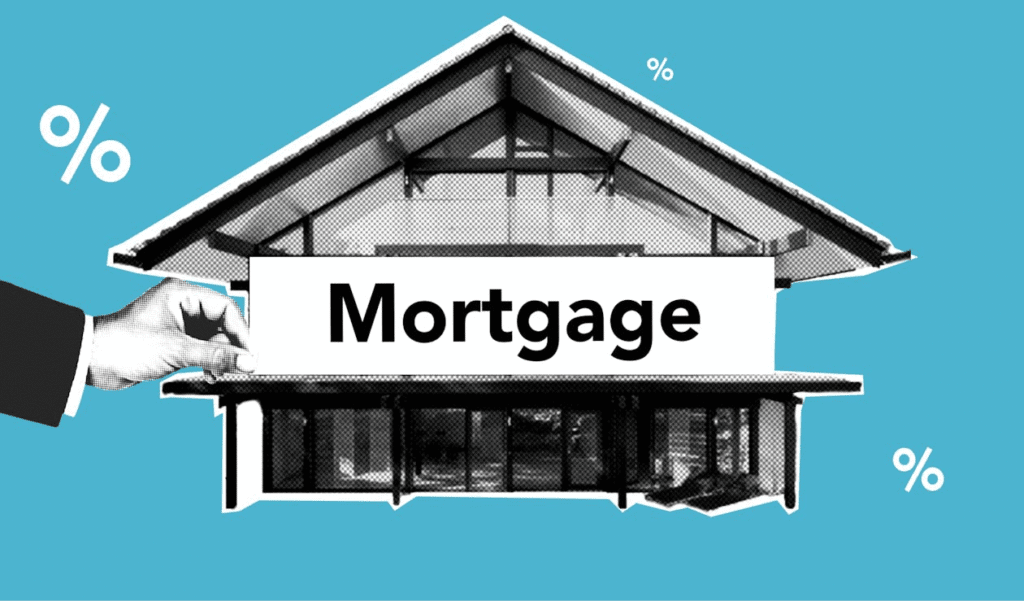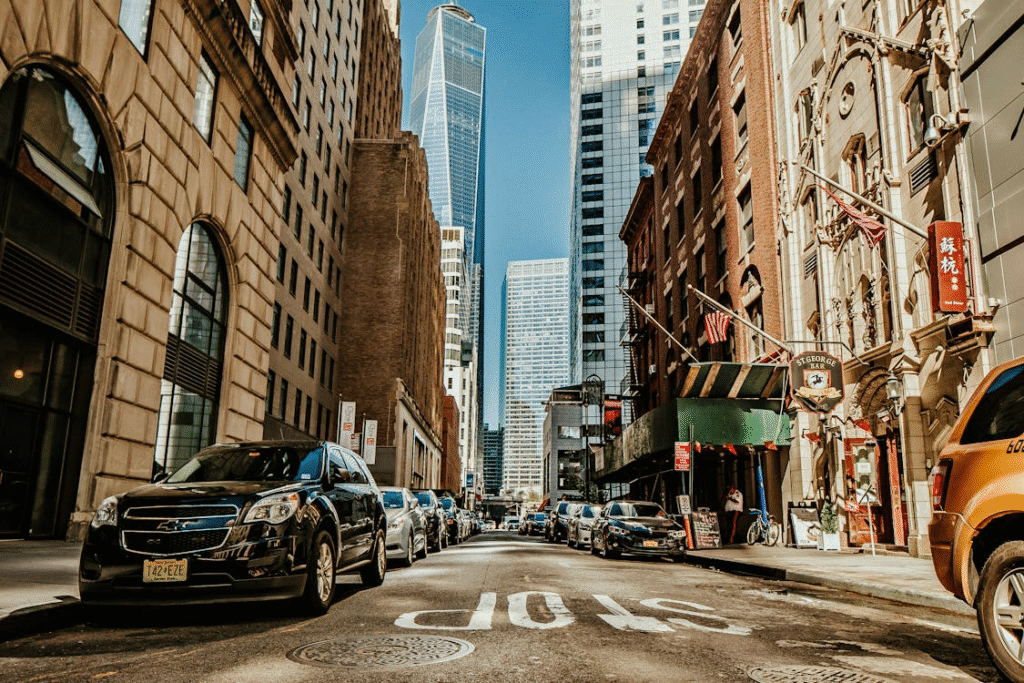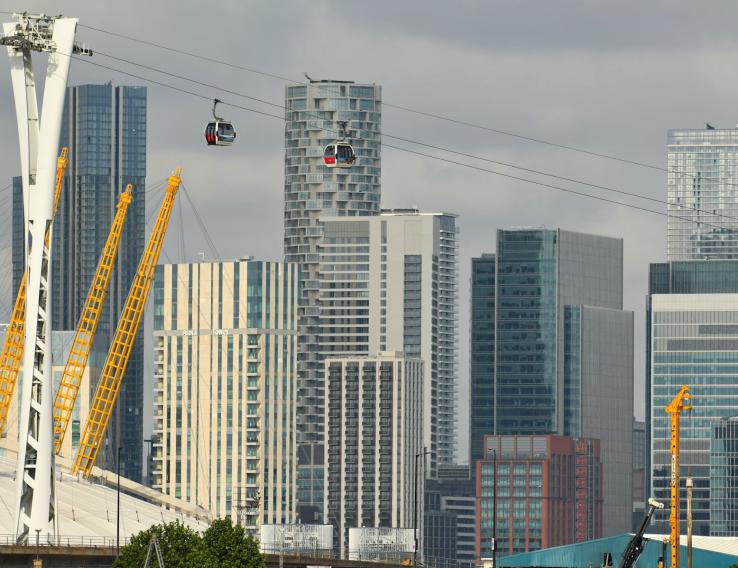In recent years, mixed-use developments have surged in popularity, particularly in urban and suburban areas where space is at a premium and communities crave convenience. By combining residential, retail, and office spaces into one integrated property, these developments offer an attractive blend of lifestyle and commerce.
For investors, however, funding such projects can be complex, especially when traditional lending models don’t align with the property’s unique income structure. To find a solution for this unique property opportunity, savvy investors are turning towards DSCR loans for mixed-use developments as a powerful solution, providing flexibility, efficiency, and scalability for forward-thinking real estate investors.
Here’s how the two go hand-in-hand.
What Are Mixed-Use Developments and Why Are They Gaining Momentum?
Mixed-use developments are designed to serve multiple purposes within a single property or complex. A single building might host retail shops on the ground floor, office spaces in the middle levels, and apartments on the upper floors. Larger developments may span multiple buildings with interconnected uses, creating a self-contained community.
This design appeals to modern lifestyles that value accessibility and community engagement. Residents can live, work, and shop without long commutes, while businesses benefit from a built-in customer base. As cities prioritize walkability and efficient land use, mixed-use projects are increasingly central to urban planning strategies.
Understanding DSCR Loans and Their Role in Real Estate Investment
A Debt Service Coverage Ratio (DSCR) loan is a type of financing primarily used for income-producing investment properties. The requirement for qualifying is not the borrower’s income (like in traditional financing), instead the loan is based on how much rent the property will generate. Lenders evaluate the property’s ability to generate enough net operating income (NOI) to cover its debt obligations.
The DSCR is calculated by dividing NOI by the annual debt payments. For example, a DSCR of 1.25 means the property generates 25% more income than is needed to cover the loan payments. This method of qualification makes DSCR loans appealing for projects like mixed-use developments, where income streams are diverse.

Why DSCR Loans Are Well-Suited for Mixed-Use Projects
Financing mixed-use developments can be challenging because these properties don’t fit neatly into purely residential or commercial categories. Traditional mortgage lenders may hesitate to underwrite such projects due to their perceived complexity. DSCR mortgage loans are designed to assess the performance of income-producing properties, making them particularly appropriate for mixed-use investments.
Key advantages include:
- Income-Based Qualification: The loan approval focuses on the property’s financial performance rather than personal tax returns.
- Flexibility in Lease Mix: DSCR lenders are accustomed to working with properties that have varied lease structures.
- Faster Approvals: Experienced DSCR loan lenderscan process applications quickly, allowing investors to secure opportunities in competitive markets.
- Scalability: Investors can expand portfolios into larger, more complex developments without personal income limits being a barrier.
With these advantages, DSCR loans remove many of the traditional roadblocks that can slow down or derail mixed-use projects. Investors gain the freedom to pursue ambitious developments with the confidence that financing will align with their property’s income potential.
Benefits of Using DSCR Financing for Mixed-Use Developments
Pairing mixed-use developments with DSCR financing offers several benefits including:
- Multiple Revenue Streams: Residential rents, retail leases, and office space income create diversification.
- Reduced Vacancy Impact: If one tenant type underperforms, other income sources can maintain stability.
- Higher Long-Term Value: Properties with stable, diversified income often appraise higher.
- Attractive Loan Terms: Competitive DSCR loan ratescan make these projects more financially viable.
It all comes down to balancing risk, boosting property value, and ensuring steady cash flow. This combination makes mixed-use developments a strategic choice for both seasoned developers and first-time commercial investors.

Risks and Challenges
While the potential rewards are strong, mixed-use projects also present challenges such as:
- Management Complexity: Different tenant types require different leasing and management strategies.
- Zoning & Compliance: Local regulationsfor mixed-use developments can be complex.
- Economic Sensitivity: Shifts in the retail or office market can affect income streams.
Proper due diligence, local market research, and partnering with experienced property managers can help mitigate these risks. Whether you are in Florida, Texas, Pennsylvania, or New York, proper planning can take care of most risks.
DSCR Loan Requirements for Mixed-Use Developments
While exact terms vary by lender, common DSCR loan requirements for these projects include:
- Minimum DSCR Ratio: Often between 1.20 and 1.30 or higher.
- Property Appraisal: Professional valuation to assess market value and income potential.
- Lease Agreements: Detailed records for all residential and commercial tenants.
- Down Payment: Typically, 20–30% of the total project cost.
Meeting these requirements shows lenders that the property is capable of maintaining consistent, reliable cash flow.
Choosing the Right DSCR Loan Lender
Not every lender has expertise with mixed-use developments. The best DSCR loan lenders for these projects have:
- Experience underwriting similar properties.
- Flexible loan structures that match the property’s unique mix.
- The ability to close quickly in competitive markets.
So it’s always best to ask questions and do research beforehand. Such as browsing a private lending company’s just-funded projects.

Driving Growth Through Flexible Financing
Mixed-use developments are becoming a cornerstone of urban growth and sustainable real estate investment. They bring together residential, commercial, and office spaces into a single vibrant environment, meeting community needs while providing strong returns for investors.
Beyond the financing advantages, mixed-use developments often promote walkability, reduce urban sprawl, and foster stronger communities. Pairing them with DSCR loans not only supports investor goals but also contributes to more sustainable and socially beneficial urban growth.
With the help of DSCR financing, particularly from lenders experienced in these types of projects, investors can embrace this trend with confidence. By understanding the requirements and benefits, you can position your next mixed-use investment for both stability and growth.
At Insula Capital Group, we specialize in providing fast, flexible DSCR loan solutions that fit the needs of real estate investors across the country. With competitive rates, minimal documentation, and a focus on your success, we’re here to help you bring your mixed-use development vision to life. Reach out to us today to discuss your financing options.




